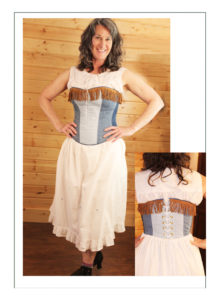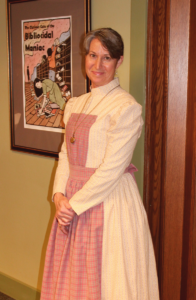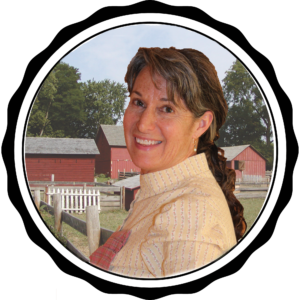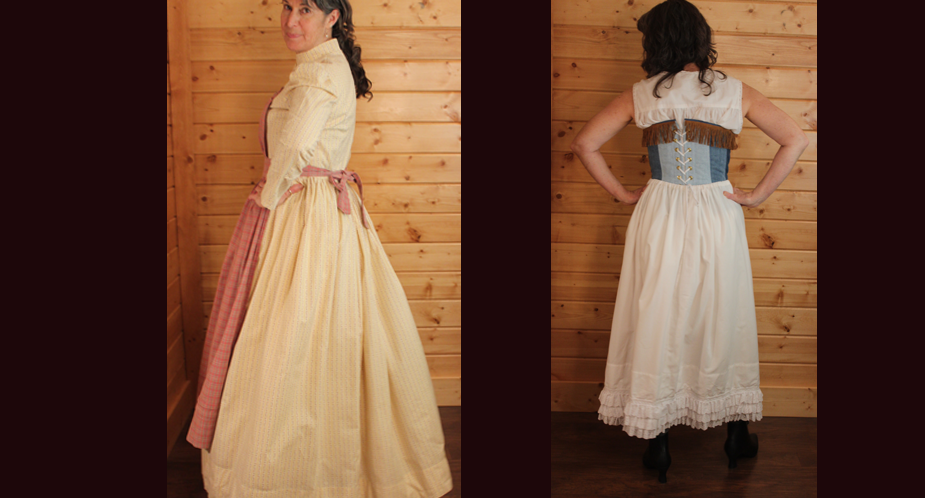is similar to Mary’s in that she tells the story of a European immigrant coming to America. The difference is that Chris’ character is a first generation new American, while Mary’s is the child of such.
In 1885, thousands of people fled Germany, Holland, Scotland, and Ireland, and came across the oceans and down the Great Lakes to land at what would become Chicago, Illinois. Being somewhat “later” in American settlement, they bought cheap land outside the city that others had abandoned.
These previous would-be farmers had been given land as pension for their service in the Revolutionary War, but were discouraged because they thought you were supposed to farm where trees grow, and didn’t realize the region’s riches lay in the deep, loamy soils of the prairie.
The German farmer in particular, had worked small plots of land back home, and understood the 3-crop rotation that would allow a few acres to produce enough surplus to not only feed the family, but to sell. Her character being close to the now burgeoning railroads that led to the city, there was a ready market for fresh produce, and particularly milk.


 Chris tells the tale of a real woman who might have lived at what is now a working and living history farm near Schaumburg, Illinois. This ensemble was worn by a docent there, and really was used to weed the potato patch, drive the team of percherons, and to muck and whitewash the barn.
Chris tells the tale of a real woman who might have lived at what is now a working and living history farm near Schaumburg, Illinois. This ensemble was worn by a docent there, and really was used to weed the potato patch, drive the team of percherons, and to muck and whitewash the barn.
The story of a German farmwife of 1885 is very interesting in that the division of labor was this: she worked all day and all night and could entirely run all operations of the farm, while her husband and sons could only do the “man’s work” portion of it.
With surplus and ready markets; hard work and smart agricultural practices, the woman of 1885 did have money to spend on the many new gadgets like treadle sewing machines, carpet sweepers, and easy to turn glass butter churns. Mostly they took their own earnings from taking in sewing or raising chickens to buy HATS.
While the ensemble for a working woman like this is very basic, washable, and scaled down relative to their fashionable eastern counterparts of the time who were wearing multiple petticoats, large sleeves, and voluminous hats, it does carry the silhouette of the era in a simple and practical way.
Chris’ apron, bonnet, and boots are specific to a rural working woman, who would be in the kitchen blacking her newly invented Franklin stove with it’s water reservoirs when company would pull up (a common occurrence with traveling peddlers, hobos, and neighbors only a few miles away). She would unpin her apron bib, make sure her hair was pinned, push up her sleeves, and be ready with a lavender spiced cookie or homemade lemonade which had been fermented to become alcoholic.
It was a lovely time in America for hardworking women.

